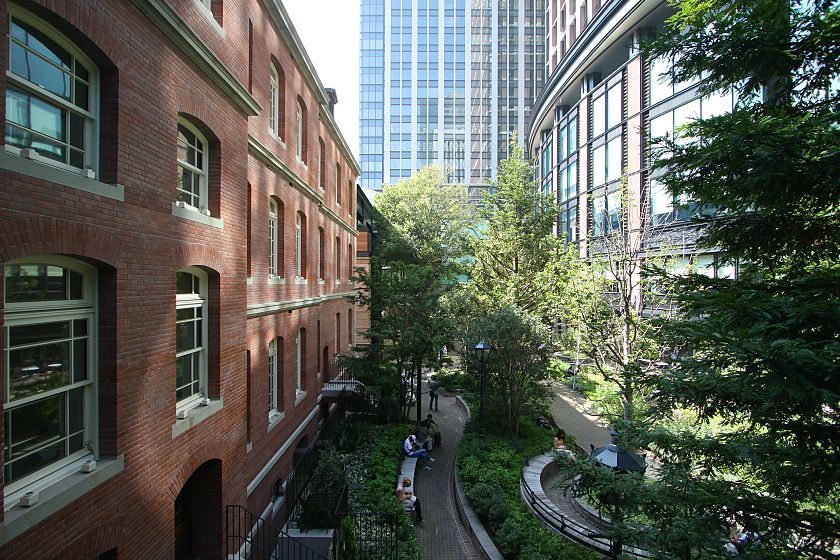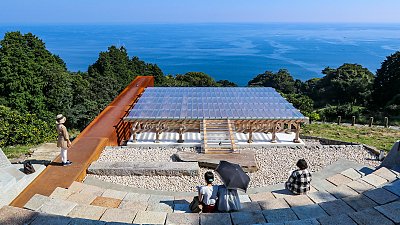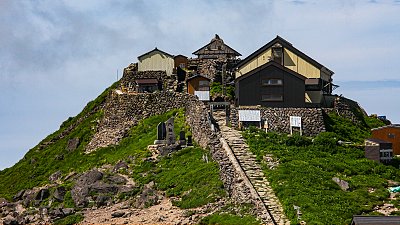Tokyo Folklore

Despite its reputation as a high tech city of the future, Tokyo still possesses a rich and fascinating body of folklore gained through centuries of history. The following are five of the most popular legends with enduring links to the city today:
Nopperabo
The most famous appearance of this classic folk-monster can be found in Lafcadio Hearn's Kaidan. In this version, a merchant making his way through the Akasaka area at night encounters a handsomely dressed young woman, weeping by the side of a deep moat. Afraid that she might be about to drown herself, the traveller stops and tries to comfort her, only to find himself staring into an empty, featureless face.
In a jump-scare moment reminiscent of horror films today, nopperabo stories from all over Japan almost always end with the terrified merchant running home to his wife or into the arms of a passerby, only for that person's face to also suddenly disappear!

Kejoro
Originating in the Edo Period red-light district of Yoshiwara near modern-day Asakusa, the Kejoro appears from behind to be an attractive young woman wearing the garish kimono of a courtesan. When would-be customers call out to her, however, she turns and reveals herself to be a creature made entirely of hair. Folklorists have offered a number of possible interpretations, from a warning about the dangers of syphilis to the practice of shinjutate (standing one's true heart) in which a courtesan marks her body in some way as a rejection of all clients but one. This often involved cutting off one's hair, and at least in spoken-word tales is almost always a precursor to tragedy or abandonment.
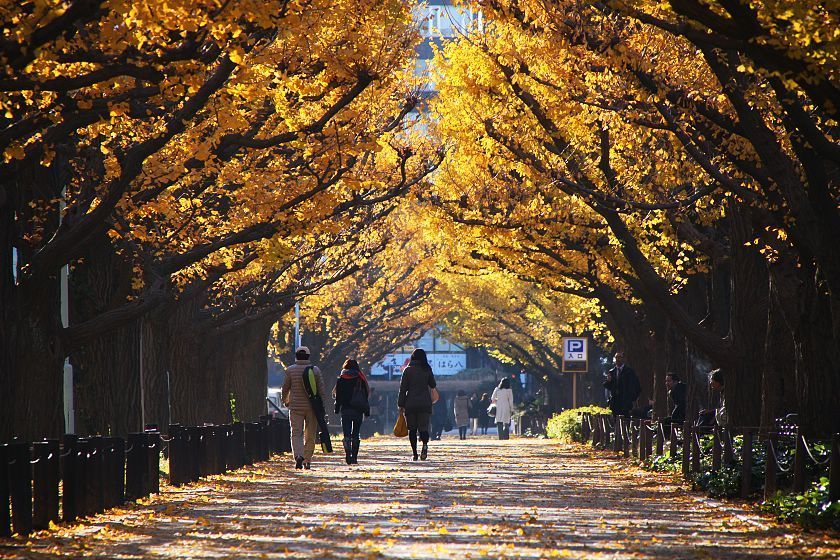
The mysteries of Honjo
Now incorporated into Tokyo's Sumida Ward, Honjo was once a desolate corner of old Edo, covered with vast fields, with only a few scattered houses and mostly unlit at night.
Beginning as a series of unconnected urban legends, the Seven Mysteries of Honjo (seven being purely nominal) evolved into a popular topic for rakugo stories, spawning the 1937 film Honjo Nanafushigi and even a remake twenty years later. The stories themselves range from the outlandish (a giant hairy foot appears in a house, demanding to be washed) to the surprisingly tame (leaves do not fall from a particular tree), but the most effective stories deal with ill-advised shortcuts and ghostly encounters. The "Sending-Off Lantern" is a phantom light or will-o-the-wisp that appears to lost travellers and leads them off the path, before winking out and leaving them in darkness, while the "Following Wood-Clapper" pursues street-walkers, mimicking their footsteps and drawing closer as they begin to panic.
Today, visitors to Sumida Ward can take part in supernatural walking tours, buy manju in the shape of the seven wonders and even read some of the stories on maps and plaques.

Yotsuya Kaidan
Of all Japanese ghost stories, perhaps the most famous and influential is this kabuki play, first staged in 1825 as the Tokaido Yotsuya Kaidan. In its tangled story, Oiwa, the wife of a murderous samurai is tricked by a rival into taking a disfiguring poison disguised as a skin cream. Hideously deformed and abandoned by her husband, she is driven mad with anguish and accidentally kills herself, only to return and wreak a terrible revenge on the ones that wronged her and their families.
While the supernatural had previously been the preserve of rather stiff tales about distant nobles, the Yotsuya Kaidan became a sensation by bringing it for the first time into the homes and everyday surroundings of common city dwellers.
A tombstone to Oiwa can be found today at Myogyo-ji Temple, close to the spot where she was supposedly buried. Much like Shakespeare's Macbeth, productions of the story are said to bring a risk of misfortune, leading to a tradition of directors and principle actors visiting the grave to ask Oiwa's blessing.
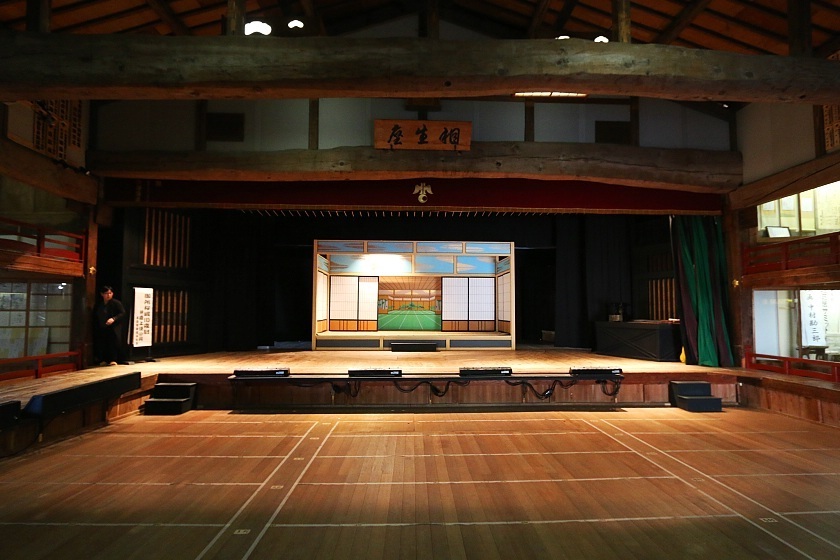
Taira no Masakado
One of the most extraordinary characters from the Heian Period, Masakado was a landowner and warrior chief from the Kanto region who rose in rebellion, seizing several territories and proclaiming himself Shinno, or new emperor, until he was killed in battle and his head carried to Kyoto in 940 AD. According to legend, the head refused to lie still and leapt into the air, landing near a shrine in the expanse of fen and marsh that would one day become Tokyo. Here the head was buried, and as the city grew around the grave, so too did tales of his supernatural powers both before and after death.
Today, the grave of Masakado lies within a small square garden in the heart of Tokyo's Otemachi financial district, where smartly-dressed salarymen and women can often be seen praying to the long-dead rebel. Neighboring offices are said to have taken various steps to placate his spirit, with one bank going so far as to open an account in his name.
